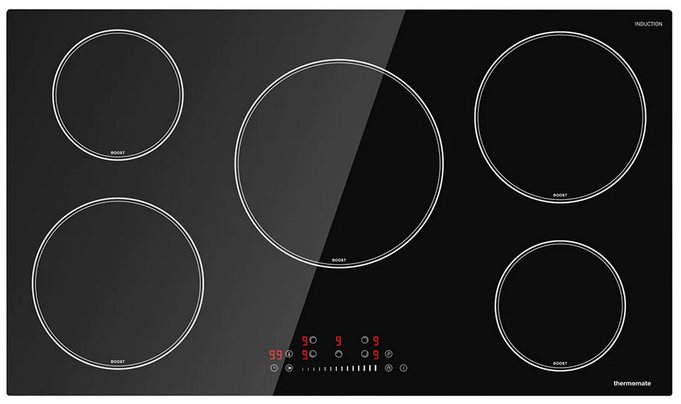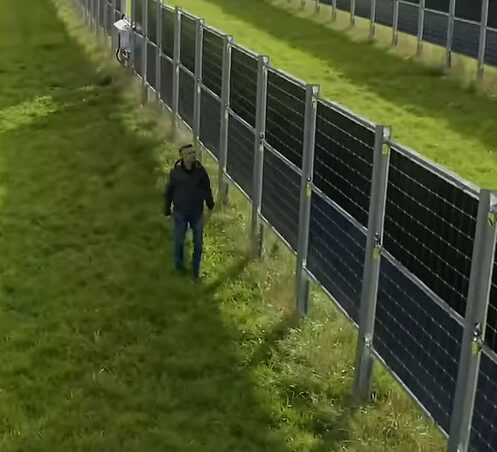As part of the “go green” campaign we are now being told to cook with electricity rather than gas. Further, some governments are trying to ban the use of gas for cooking. What is the reality of this?
Having cooked most of my life on a gas stove I can quickly identify what is wrong with electric stoves. The good news is that technology has pretty much solved the problems. Let’s start with a typical electric stove and see what’s wrong with it.
 This is what a “traditional” electric stove looks like. I say traditional because there are lots of styles but this is a reasonable example. Here are what I see as issues with it:
This is what a “traditional” electric stove looks like. I say traditional because there are lots of styles but this is a reasonable example. Here are what I see as issues with it:
- The burners heat up slowly and cool down slowly. Heating up is a minor inconvenience but cooking slowly makes serious cooking difficult as you may need to estimate when you need to turn off the burner or move what you are cooking off the burner when it is done.
- Burners can be hot but with no obvious indication that they are (as opposed to gas where you can see the flame).
- You waste energy because of the cool-down time.
- Some of these stoves had specific settings (low, low-medium, medium, medium-high, high, for example) rather than a variable control.
 This cooktop is worse than the one above. The solid nature of the burners makes the stove easier to clean but they have more mass making the heat-up/cool-down time longer. Still worse are the ceramic cooktops which are very easy to clean but have even longer heat-up/cool-down times.
This cooktop is worse than the one above. The solid nature of the burners makes the stove easier to clean but they have more mass making the heat-up/cool-down time longer. Still worse are the ceramic cooktops which are very easy to clean but have even longer heat-up/cool-down times.
In terms of efficiency, besides the delay in heating up and cooling down, there is also the loss of energy because the area around the burners are heated as well. I don’t have the numbers but I expect this is not much different from the lost heat from using a gas burner. Additionally, after using a gas stove for a reasonable amount of time you learn to judge how high the flame should be for what you are doing — that is, frying, simmering, …
 The good news is technology is here to rescue us from most of the disadvantages of cooking with electricity. That solution is in the form of what is called an induction cooktop. (Note that you can also buy single induction burners which are very inexpensive.)
The good news is technology is here to rescue us from most of the disadvantages of cooking with electricity. That solution is in the form of what is called an induction cooktop. (Note that you can also buy single induction burners which are very inexpensive.)
With an induction cooktop, a coil in the cooktop creates a magnetic field which causes the cookware (and, thus, what is in the cookware) to heat up. The cooktop itself does not heat up–just the cookware. This means:
- There is no heat-up/cool-down delay beyond the time it takes for the cookware to heat/cool.
- There is no wasted energy from heating the air/area around the burner.
- There is little safety hazard as the cooktop itself doesn’t get hot (other than from conduction from the cookware being on the cooktop).
It’s a big win. You get all the advantages of cooking with gas except being able to judge the energy being applied from the height of the flame plus it is much more efficient.
The only real downside is that you need specific types of cookware. That is, something that is magnetic so the the magnetic field will induce heating in the cookware. This is pretty much a non-issue as most quality cookware these days are either made of steel or have a steel core in its base. The controls are generally in steps by power level (for example, 100, 300, 400, 600, 800, 1100, 1500, 1800 watts) which seems good enough. Some units have built-in sensors and you can set the temperature you want.



